Gardeners World 2023 Episode 32 – Monty Don is deeply engrossed in the rejuvenation of the quaint Cottage Garden, meticulously planting bare-root roses that promise to unfurl into a breathtaking tableau. He’s not just stopping there; he’s fully embracing the change of seasons by prepping the garden for the colder months ahead. His hands carefully sow broad beans, and he plants an array of tulips in pots, ensuring that come spring, the garden will burst forth with a vibrant spectrum of colors.
Adam Frost embarks on a journey to explore a unique garden that presents the quintessence of ambition and adaptation, carved into an exposed slope that gazes out over the stunning Coniston Water in the Lake District. This garden is a testament to resilience and design, thriving despite the challenges posed by its steep location.
Meanwhile, Joe Swift is captivated by the splendor of a mesmerizing garden in East Sussex. Here, he’s not just taken aback by the sheer variety of water features that create a serene ambiance, but also by the garden’s lush plant life, offering a veritable feast for the eyes and spirit with its rich tapestry of flora.
In a surprising turn of charm, a Surrey back garden has been transformed into a tropical oasis. This hidden gem is a slice of paradise that transports visitors to an equatorial haven, offering a stark contrast to the typical English garden landscape.
Further north, in North Yorkshire, a gardening novice has remarkably turned the back of her rented property into a verdant display of self-sustainability. Her garden overflows with an abundance of fruit and vegetables, showcasing the bountiful possibilities of a dedicated green thumb.
And the inspiration doesn’t stop there. Our program is also thrilled to feature more films contributed by our viewers. These segments bring to light the passionate efforts of individuals who, with trowel and soil, create personal sanctuaries that celebrate nature’s unrivaled beauty. Each film is a window into the diverse ways in which gardening enthusiasts across the nation cultivate their love for horticulture and share it with the world.
Gardeners World 2023 Episode 32
Spring 2024 is just around the corner, which means it’s time for gardeners to start planning and preparing for the upcoming growing season. This comprehensive guide covers everything you need to know to have your most successful garden ever in 2024, from growing beautiful roses to harvesting bountiful vegetables.
Choosing the Best Roses for Your Garden
Roses are cherished for their elegant, colorful blooms and lovely fragrance. With proper planting and care, they can thrive for years in any garden. When selecting rose bushes, it’s important to choose varieties suited to your climate and growing conditions.
What Are the Best Roses to Grow?
The best roses to grow depend on your specific environment and desired characteristics. Here are top picks for common gardening goals:
- Hybrid teas – Offer classic, large rose blooms on long stems perfect for cutting. Try ‘Mister Lincoln’ or ‘Peace’.
- Floribundas – Produce abundant clusters of smaller flowers ideal for beds and borders. ‘Iceberg’ and ‘Knock Out’ are excellent choices.
- Shrub roses – Have excellent disease resistance with recurring blooms. Consider ‘Bonica’ or ‘Flower Carpet’.
- Climbing roses – Grow long, flexible canes ideal for trellises and arches. ‘New Dawn’ and ‘Zéphirine Drouhin’ are lovely options.
- Miniature roses – Only reach 1-2 feet tall and are well-suited to containers. Try ‘Starina’ or ‘Ruby Ruby’.
How to Plant Bare Root and Container Roses
Spring is the optimal season for planting new roses. Here are some tips:
- Bare root – Soak roots in water for a few hours before planting. Dig a hole wider than the root spread and deep enough so the graft union sits just above soil level. Backfill with amended soil and water thoroughly.
- Container grown – Prepare soil and dig holes as above. Gently remove from pot, loosen circling roots, and place in hole. Fill with soil, water, and add mulch.
Caring for Roses Through the Seasons
Roses thrive with proper, consistent care:
- Spring – Prune old canes, fertilize, and monitor for pests. Apply mulch and irrigate regularly as blooms develop.
- Summer – Water 1-2 inches per week. Deadhead spent blooms to encourage new flowers.
- Fall – Reduce watering for hardiness. Mulch plants to protect from cold. Cease fertilizing.
- Winter – Prune canes by 1/3 to prevent winter damage. Protect graft union and root zone if temperatures drop below zero.
Growing Gorgeous Tulips for Splashes of Spring Color
The burst of vivid colors from tulips is a sure sign spring has arrived. For the best blooms, it’s important to select suitable varieties and plant bulbs at the right time.
How to Plant Tulips for Success
Follow these tips for thriving tulip blooms:
- Choose early, mid, or late season bulbs – This ensures flowers open sequentially for longer color. Popular picks include ‘Apricot Impression’, ‘Queen of Night’, and ‘Fringed Elegance’.
- Plant in fall before first frost – Get bulbs in the ground 6-8 weeks before average first freeze. This allows root development for bountiful blooms.
- Dig holes 6 inches deep – Plant the bulbs 3 times as deep as their height with pointy side up. Space 4-6 inches apart.
- Choose a sunny, well-draining spot – Tulips thrive in full sun and moist, but not soggy soil enriched with compost or manure.
- Add bonemeal to planting holes – Mixing in this phosphorus fertilizer helps promote vigorous root and bloom growth.
- Mulch after ground freezes – Cover bulbs with 4 inches of mulch to prevent frost heaving in cold zones. Remove mulch after sprouting.
When to Plant Tulips
Tulip planting time depends on your USDA Hardiness Zone:
- Zones 3-4: Mid-late September
- Zones 5-6: Late September to mid October
- Zones 7-8: November to early December
- Zones 9-10: December to January
Once planted, be sure to water thoroughly and continue irrigation until ground freezes. With this proper care, your tulips will soon burst forth with enchanting blooms!
Must-Have Spring Flowering Bulbs
Beyond festive tulips, there are many spectacular spring bulbs to enliven the garden with early color. Choose the best bulbs to plant in fall based on your region and landscape needs.
What Are the Best Bulbs to Plant in Fall?
Top spring bulb picks include:
- Daffodils – Reliable, deer-resistant blooms. Plant different varieties together for an extended show.
- Hyacinths – Fragrant flowers in vivid hues blooming up to 6 weeks. Need chill period so best for zones 7 or below.
- Crocuses – Delicate purple, yellow, or white blooms that tolerate cold. Squirrel resistant.
- Alliums – Elegant blooms great for borders and cut flowers. Try ‘Millenium’ or ‘Purple Sensation’.
- Anemones – Pop of color in late spring. Deer and rabbit resistant.
- Fritillaria – Unique checkered or pendant-like blooms. Lovely in woodland gardens.
How to Plant Bulbs for Spring Success
Follow these key tips when planting fall bulbs:
- Plant in fertile, well-drained soil. Amend if needed with compost or manure.
- Choose an appropriate planting depth. This is generally 3 times the bulb’s height.
- Space bulbs properly. Refer to packaging for recommended spacing.
- Set taller bulbs towards the back. Arrange shorter varieties in front for visibility.
- Apply a slow-release bulb fertilizer or bonemeal in planting holes.
- Water thoroughly after planting and as needed until the ground freezes.
With proper planning and care, your spring bulbs will deliver a breathtaking display!
Growing Your Own Vegetable Garden for Beginners
One of the most rewarding aspects of gardening is nourishment from fresh homegrown produce. With some key tips, even total beginners can succeed at raising vegetables.
How to Grow Vegetables for Beginners
Follow this advice to ensure success as a new vegetable gardener:
- Start small. A garden of around 4 x 4 feet lets beginners hone skills without becoming overwhelmed. Expand as your abilities grow.
- Focus on easy crops. Great starters include tomatoes, zucchini, radishes, leaf lettuce, peas, beans, and herbs.
- Prepare soil properly. Mix in several inches of compost or other organic material to nourish plants.
- Use quality seeds and starters. Purchase from reputable garden centers and nurseries, not big box stores.
- Provide consistent water. Vegetables need around 1 inch of water weekly from rain or irrigation. Use mulch to retain moisture.
- Control weeds. Stay vigilant and pull weeds when small. Mulching helps suppress them.
- Scout for pests. Identify any insects or diseases early and remove affected plants to prevent spreading.
Best Beginner Vegetables to Grow
Some top vegetable picks for new gardeners include:
- Cherry tomatoes – Delicious fruits perfect for salads. Choose disease-resistant varieties like ‘Sungold’ and ‘Sweet 100’.
- Leaf lettuce – Fast growing and picks can be cut throughout season. Grow ‘Black Seeded Simpson’ and ‘Red Sails’.
- Snap peas – Very cold hardy. Grow vertically on a trellis or fence. Opt for easy ‘Sugar Ann’ or ‘Sugar Snap’.
- Bell peppers – Prolific harvest from one plant! Grow green, red, orange or yellow varieties.
- Bush beans – Easy to grow in small spaces. Favorites include ‘Provider’ and ‘Contender’.
- Summer squash – Try prolific zucchini or yellow ‘Straightneck’. Use or give away any excess.
With this simple guidance, novice gardeners can experience the immense satisfaction of homegrown vegetables!
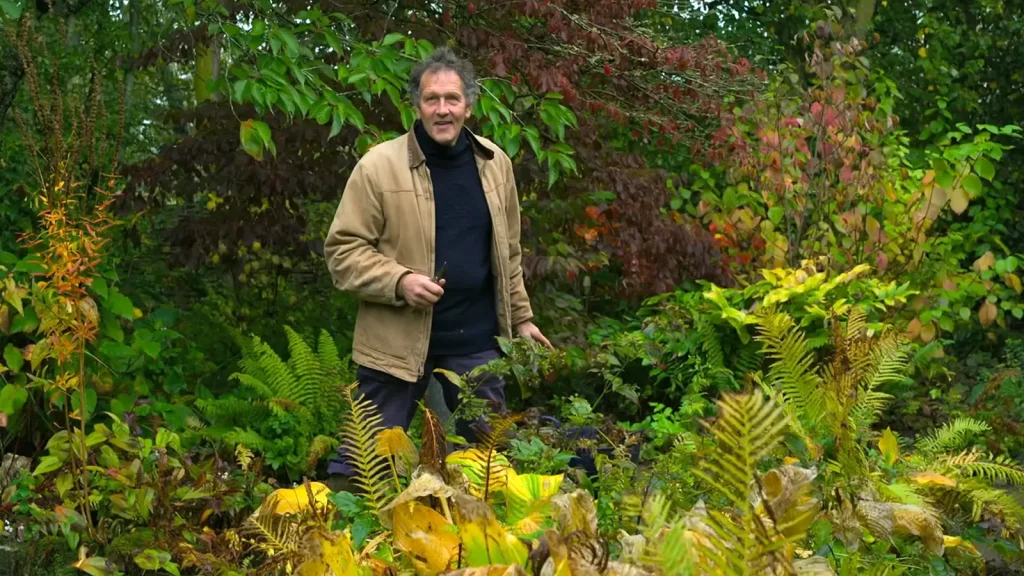
Propagating New Plants from Hardwood Cuttings
An easy, affordable way for gardeners to multiply their plant collection is by taking hardwood cuttings. This propagation method uses stem cuttings from woody plants to root new clones.
How to Take Hardwood Cuttings
Here is the simple process for success with hardwood cuttings:
- Select one-year-old wood after dormancy but before new growth emerges in late winter or early spring.
- Cut stems to 6-8 inches long using pruners. The diameter should be around pencil-width. Always make clean cuts.
- Take cuttings just below a node where a leaf was attached. This is where new roots will emerge.
- Remove all leaves and flowers from cutting stems before planting.
- Dip cut end in rooting hormone (optional but boosts results). Tap off any excess.
- Plant cuttings in potting mix like perlite, vermiculite, and peat moss. Insert 2/3 of each cutting.
- Water well and place in bright, indirect light. Cover pots with plastic to retain humidity during rooting.
- Be patient! It may take several months for cuttings to root fully and produce new growth.
What Plants Can Be Propagated from Hardwood Cuttings?
Many deciduous shrubs, trees, and vines are excellent candidates, including:
- Forsythia
- Hydrangea
- Spirea
- Roses
- Grapes
- Blackberries/raspberries
- Fig
- Crape myrtle
- Magnolia
This simple yet powerful propagation technique allows gardeners to expand their plant palette for free!
Growing Tropical Banana Trees in Your Own Backyard
Move over citrus – bananas can be grown in backyard gardens across warm climates, providing a tasty exotic harvest. With the right care, it’s surprisingly simple to cultivate bananas at home.
How to Grow Banana Trees
Follow these tips for thriving banana plants:
- Select a sunny sheltered spot. Bananas need at least 6 hours of direct sun daily and protection from strong winds.
- Prepare soil well. Bananas thrive in organically rich, well-draining soil. Till in compost, manure, or leaf mold before planting.
- Plant banana pups or rhizomes. Dig a hole and settle the banana plantlet or rhizome into it, covering with soil.
- Water and mulch. Bananas are very thirsty! Maintain consistent moisture and suppress weeds with wood chips or leaves.
- Fertilize regularly. Feed monthly with a balanced 10-10-10 fertilizer or compost tea for vigorous growth.
- Protect from cold. In zones 8 or below, wrap banana plants or move indoors if temps dip below 40°F.
- Prune leaves strategically. Remove tattered or damaged leaves and cut back the main stem once it fruits.
Growing Bananas in Pots
Bananas adaptable nature also makes them a unique and fun container plant. Use these tips:
- Select a ‘Dwarf Cavendish’ or ‘Dwarf Orinoco’ variety suited to pots.
- Choose a 25+ gallon container with drainage holes.
- Use a quality potting mix amended with compost or worm castings.
- Feed more frequently – twice a month in pots.
- Move container indoors or to sheltered area in winter.
With the right care, homegrown bananas can offer their sweet tropical flavor and lush foliage right in your own backyard!
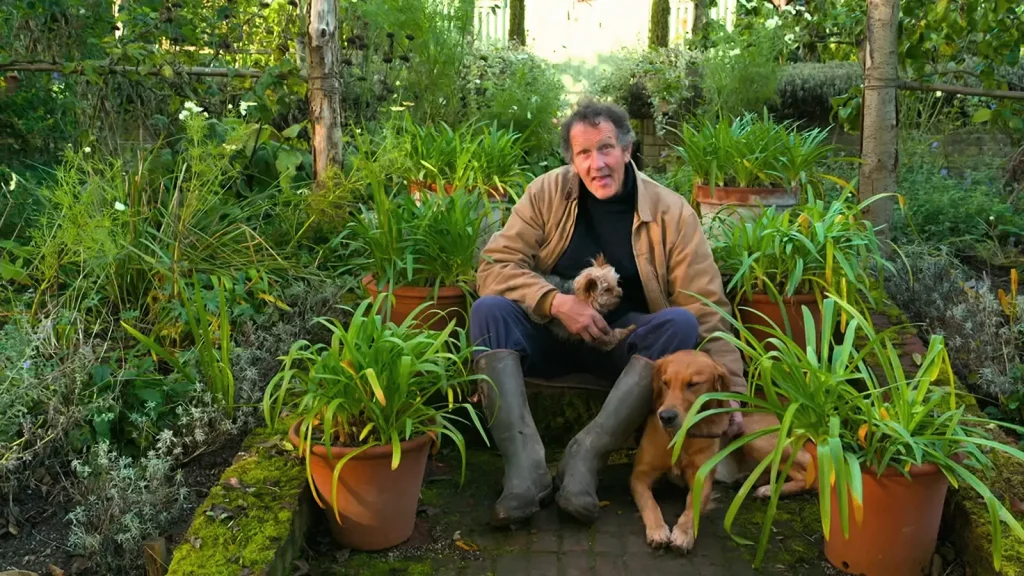
Caring for Citrus Trees
Beyond fresh juice and zest, citrus trees provide elegance and abundant fruit with proper planting and care. Follow these key tips for citrus success:
How to Care for Lemon, Lime, Orange and Grapefruit Trees
- Plant in spring after the last frost in well-draining soil enriched with compost.
- Choose a sunny sheltered location. Citrus loves 8+ hours of sun but protection from strong winds.
- Water deeply and often. Citrus trees are thirsty! Maintain moist (but not soaked) soil.
- Fertilize 3-4 times per year. Use citrus fertilizer or diluted fish emulsion.
- Prune judiciously. Remove dead wood, dense crossing branches and suckers for open airflow.
- Protect from freezing. Move potted trees indoors or cover in ground plants when frost threatens.
Troubleshooting Common Citrus Tree Problems
Leaf curling indicates under or overwatering. Yellowing leaves often show nutrient deficiency – apply nitrogen fertilizer. Dropping premature fruit is from improper pollination – plant two varieties! With proper site selection, irrigation, fertilization and pest management, citrus trees can provide abundant fruit for years of harvesting.
Unique Houseleeks – The Succulent Stonecrop
Beyond common garden plants, some intriguing specialty varieties deserve a spot in the garden. Houseleeks are one unique perennial to consider adding to your outdoor space.
What Are Houseleeks?
Houseleeks, also called hen and chicks, are a type of hardy succulent in the Sempervivum genus. Native to Europe, houseleeks form rosettes of fleshy, pointed leaves that spread into mats. Offshoots or “chicks” sprout around the central “hen” plant. Flower stalks bear star-shaped pink or red blooms.
Growing Houseleeks
Houseleeks thrive in:
- Well-drained soil high in grit or gravel
- Full sun to light shade
- Little supplemental water or fertilizer
- Zones 3-9
These resilient plants are drought, heat, and cold tolerant. They make excellent groundcovers in rock gardens, edging paths, and even green roofs!
Caring for Houseleeks
Houseleeks need minimal care:
- Remove faded flowers and offshoot babies for containment.
- Prune damaged leaves.
- Provide afternoon shade in hot zones.
- Avoid overwatering which leads to rot in these succulents.
Their low maintenance nature and unique beauty make houseleeks a distinctive, easygoing addition to gardens and container plantings.
Forcing Rhubarb for Early Harvests
Rhubarb’s tart flavor is synonymous with spring, but its harvest can be extended by using the simple technique of forcing. Forcing rhubarb fools the plant into producing earlier yields.
How to Force Rhubarb in 4 Steps
Follow this process to enjoy rhubarb weeks earlier than normal:
- Choose established crowns in the garden 3+ years old.
- Place a bucket or barrel over selected rhubarb crowns to block light.
- Cover forcing containers with plastic or straw for further darkness.
- Check new pink growth in 4-6 weeks. Harvest stalks when they reach 10 inches.
Forcing rhubarb requires mimicking the cold and dark conditions the plant senses during winter dormancy. By sheltering it in spring instead, fast growth is triggered early.
Forcing Tips for Success
- For best flavor, only force rhubarb 1-2 seasons then let crowns recover
- Still allow 4 weeks minimum of chilling below 45°F for forcing
- Rotate forcing between different plants if possible
- Stop harvesting if stalks become slender and pale
With this simple technique, gardeners can enjoy the sweet tartness of homegrown forced rhubarb as early as February or March!
Growing Beans for Drying
The rich flavor of beans can be enjoyed all year by growing and drying your own. With the right timing and care, a small garden plot or containers can yield ample dried beans.
How to Grow and Dry Beans
Follow these tips for a successful dried bean crop:
- Select bean varieties suited to drying like ‘Jacob’s Cattle’, ‘Good Mother Stallard’ or ‘Hidatsa Shield’.
- Plant after danger of frost has passed since beans are very cold sensitive.
- Space rows 18-24 inches apart to allow air circulation and prevent mildew as plants dry.
- Water regularly until pods start maturing then stop irrigation.
- Harvest bean pods once they turn brown and seeds are hard inside. Pods should rattle when shaken.
- Dry harvested pods further indoors for 1-2 weeks before removing beans. Discard any moldy pods.
- Store thoroughly dried beans in airtight jars kept in a cool dark place. Add a desiccant pack to absorb moisture.
With the right curing and storage, homegrown beans will provide rich flavor all the way until next year’s harvest!
Saving and Storing Garden Seeds
Preserving seeds from plants is an age old tradition that lets gardeners curate crops perfectly adapted to their unique growing conditions. With proper drying, storage and care, seeds can remain viable for years.
How to Save and Store Seeds
Follow these key steps when collecting and storing seeds:
- Select non-hybrid, open-pollinated varieties suited to seed saving. Avoid patented seeds.
- Allow seeds to fully mature on chosen plants before harvesting. Wait for fruit/pods to dry and open.
- Collect seeds and dry further indoors out of direct sun for 1-2 weeks. Discard any moldy ones.
- Remove seed coverings like pulp or husks if needed for storage longevity.
- Package seeds in paper or cloth (not plastic) and label with plant name and year.
- Store seeds in a cool, dark, and dry place like a refrigerator. Use desiccant packs to absorb moisture.
With proper care, most seeds remain viable for 2-10 years, allowing gardeners to curate crops perfectly tailored to their site!

Conclusion
Creating and caring for a thriving garden requires knowledge across a spectrum of plants, techniques, and maintenance. This guide covered key tips for success with common blooms like roses and tulips along with edible delights from vegetables to exotic fruits. Unique varieties like houseleeks and propagating new plants from cuttings were also explored. Advanced methods like forcing rhubarb and saving seeds enable gardeners to get the most from their landscape across seasons.
While each plant has specific care needs, certain best practices underpin a healthy, sustainable garden. Choosing appropriate varieties suited to your climate, providing consistent moisture and nutrition through quality soil, and maintaining vigilance against weeds and pests will benefit all the plants in your outdoor oasis. Let this guide set you on the path to cultivating your most vibrant, abundant garden ever this year!
Frequently Asked Questions
What are the easiest flowers for beginners?
Some of the easiest flowers for beginners are marigolds, zinnias, petunias, snapdragons, and dianthus. They grow readily from seed, tolerate some neglect, and provide bold color.
How often should you water container plants?
Container plants need more frequent watering, usually at least once per day in hot weather. Test soil with your finger and water whenever the top 1-2 inches become dry.
Should you cut back peonies and iris foliage after blooming?
No, it’s best to leave the foliage to fully die back naturally. This allows the plants to reabsorb nutrients back into the root system to fuel next year’s growth.
What causes powdery mildew on plants?
Powdery mildew fungal disease thrives in damp, humid conditions with poor air circulation. Space plants out, prune for airflow, and use drip irrigation to prevent it.
How long do potatoes take to grow?
On average potatoes take 100-120 days to reach maturity and full size. Time varies slightly depending on the specific variety planted.
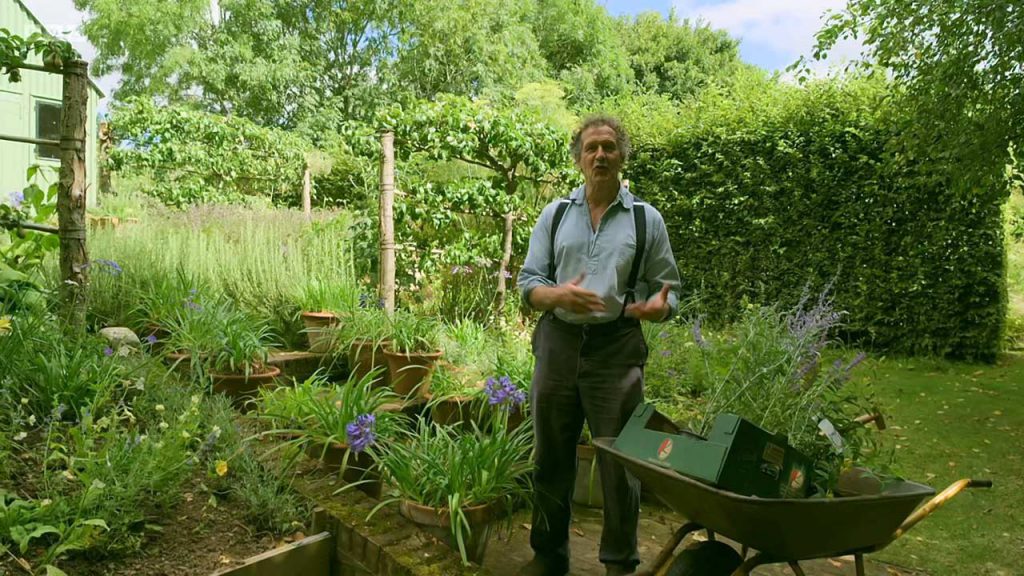

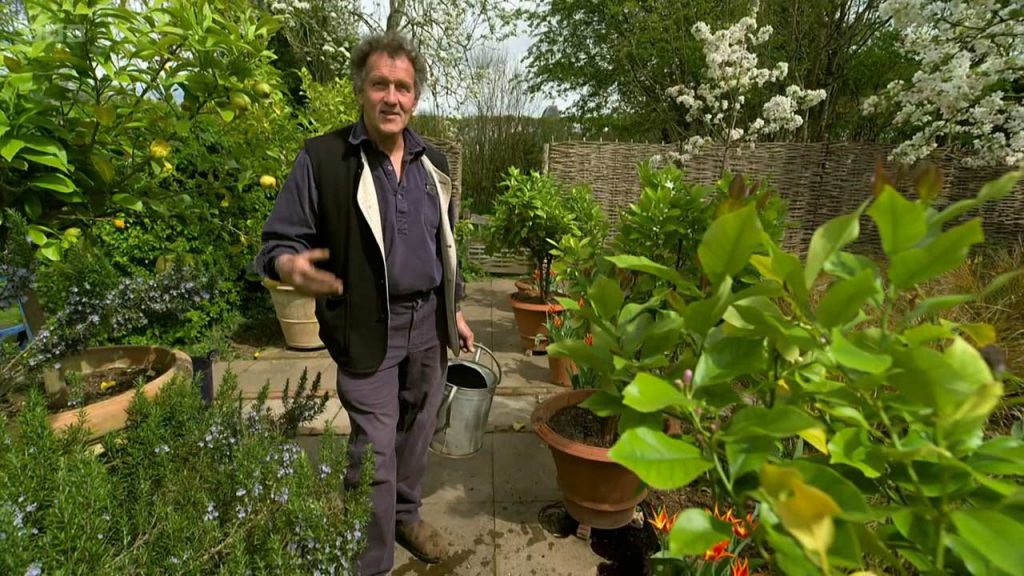
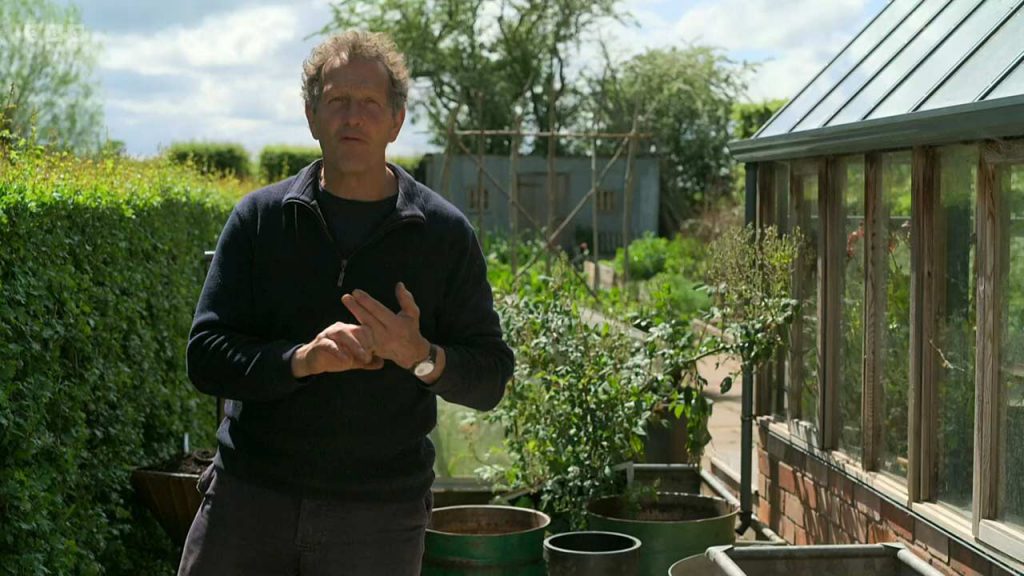
ad